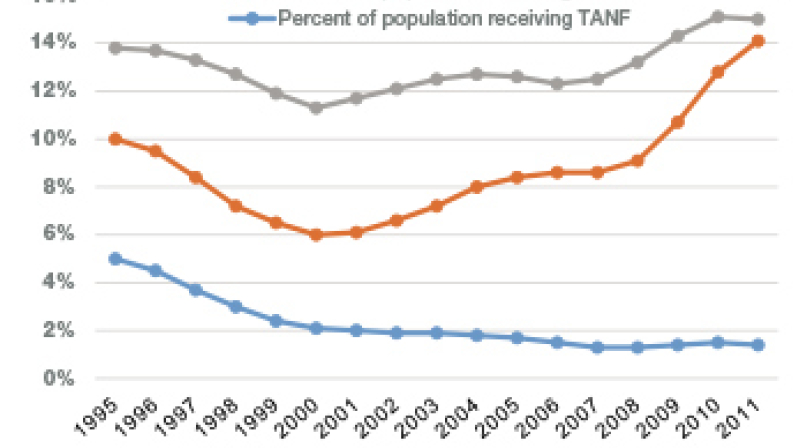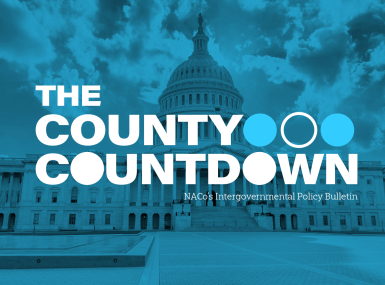Analysis: Block-granting SNAP will render it ineffective

Each year, the House and Senate budget committees release plans that lay out broad outlines for future spending by the federal government. Although these plans are non-binding, they nonetheless merit scrutiny because they shed light on federal programs that could be targeted for cuts or elimination in coming years.
In its past several plans, the House Budget Committee has called for the conversion of the federal food stamps program, officially titled the Supplemental Nutrition Assistance Program, or SNAP, into a block grant. The block-granting of SNAP would be unwelcome news to America's counties, which, through NACo's platform, officially oppose such a change to the program. At first, this may seem odd since in the same platform, counties strongly support other federal block grants such as the Social Services Block Grant (SSBG), which helps counties provide vital services such as child protective services to their residents. However, a deeper look at block-granting, and how such a proposal could impact a program like SNAP and its ability to serve people, sheds light on NACo's position.
Currently, SNAP operates as an entitlement program, meaning that anyone who qualifies under its eligibility requirements can receive SNAP benefits. Funds flow from the U.S. Department of Agriculture to states, which in turn distribute benefits in some cases through county governments to qualifying individuals. When demand for SNAP benefits increases, as it might during an economic downturn, federal funding for SNAP increases at the same rate, allowing the program to continue serving all those who qualify for its benefits.
If SNAP is converted into a block grant, on the other hand, states would likely receive a set, capped amount of funding each year, regardless of rising demand for the program's benefits. If demand were to rise, states would either have to change eligibility requirements so that fewer individuals would qualify for the program, or decrease the number of benefits each qualified individual receives. In either case, SNAP's current responsiveness to increased demand would diminish, ultimately weakening the program's ability to serve individuals in need of its benefits.
Almost two decades ago, another federal program designed to aid needy individuals was converted to a block grant; the resulting changes to that program are instructive. As part of the welfare reforms of 1996, the Aid to Families with Dependent Children program, which was an entitlement that provided financial assistance to children of low-income families, was renamed Temporary Assistance for Needy Families (TANF) and converted to a block grant. Since this conversion, TANF has been funded at $16.5 billion each year. During the economic recession that peaked between 2007 and 2009, the unemployment rate throughout America more than doubled and the number of individuals in poverty increased by more than 6 million, according to the Center on Budget and Policy Priorities (CBPP).
In that same period, SNAP caseloads nationwide increased by 45 percent, while TANF caseloads increased by only 13 percent. The impact of unchanged funding can be seen another way. Again according to the CBPP: in 1996, when the program was converted to a block grant, 68 percent of families with children in poverty received benefits; in 2009, 27 percent of similar families received TANF benefits.
This disparity in the ability of SNAP and TANF to respond to the economic downturn of the late 2000s speaks to the concerns county governments have with proposals to block-grant SNAP. "Federal entitlement programs play a crucial role in helping Americans persevere through times of financial difficulty and any proposal to convert these programs to a block grant should be scrutinized closely, with the involvement of local governments, who are most directly involved in providing services to American individuals and families," said Toni Carter, Ramsey County, Minn. commissioner and chair, NACo Health and Human Services Steering Committee.
Attachments
Related News

County Countdown – Nov. 4, 2025
Every other week, NACo's County Countdown reviews top federal policy advocacy items with an eye towards counties and the intergovernmental partnership.

Shutdown stresses counties, residents dependent on SNAP
Counties are scrambling to support their most vulnerable populations by working with food banks and community organizations to mitigate the impact of a disruption of SNAP and WIC benefits in November, due to the government shutdown.

